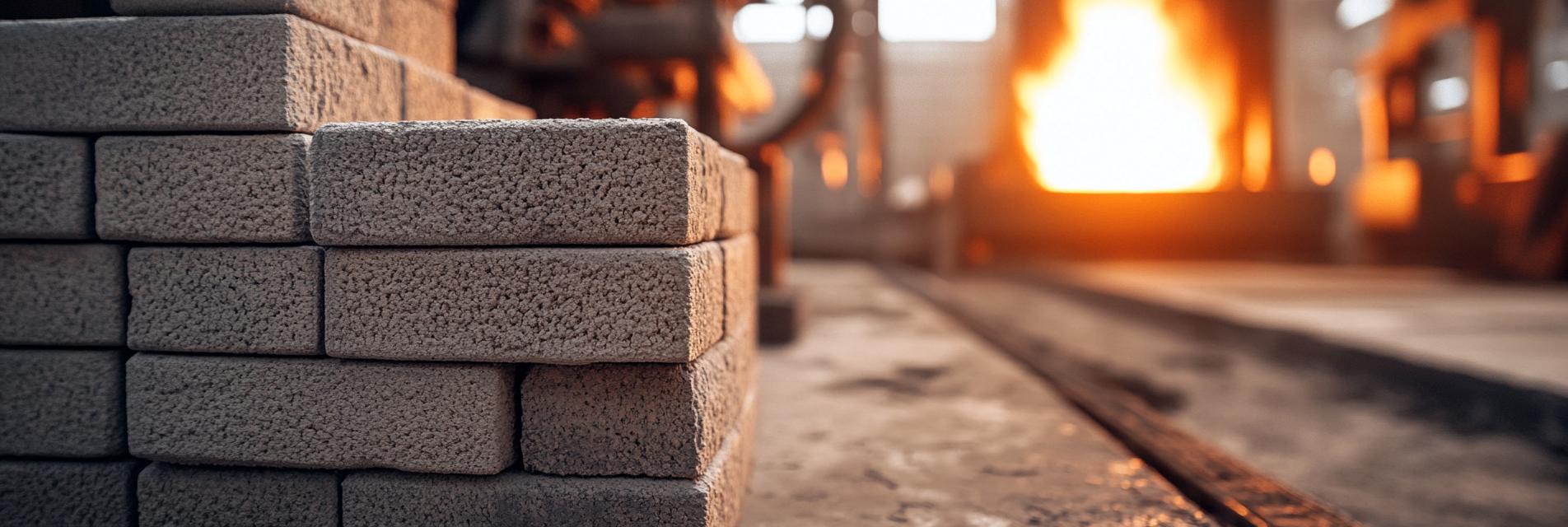As an enthusiast in industrial materials, I often find myself captivated by the evolving landscape of construction and manufacturing technologies. Today, I want to share my thoughts on one such material that stands out for its remarkable properties—silica brick. The applications of silica brick in high-temperature environments are not only promising but also crucial for several industrial processes.
Silica brick, known for its high melting point and exceptional thermal stability, has emerged as a favored choice in industries where temperatures soar. My experiences have shown that this material performs admirably under extreme conditions, offering a unique combination of durability and efficiency.
From steel manufacturing to glass production, the applications of silica brick are extensive. Its ability to withstand intense heat without losing structural integrity makes it indispensable in furnaces and kilns. As I reflect on the various industrial settings I've encountered, the role of silica brick becomes even clearer—it is not only a reliable choice but an essential one for optimizing overall function.
What truly resonates with me is how this material contributes to a broader narrative of innovation and resilience in industry. Each brick represents the collective effort of countless individuals working tirelessly to achieve efficiency and safety in their crafts. There’s a warmth in knowing that what we build is supported by such an advanced and reliable material.
As we continue to push the boundaries of technology and adopt more sustainable practices, the potential for silica brick in high-temperature applications will only expand. It’s incredibly uplifting to think about the advancements that lie ahead and how materials like silica brick will play a role in shaping the future of industry.

In conclusion, the world of silica brick is one filled with possibility and promise. As I share this perspective, I hope to inspire others to explore and appreciate the remarkable materials that enhance our industrial capabilities.


